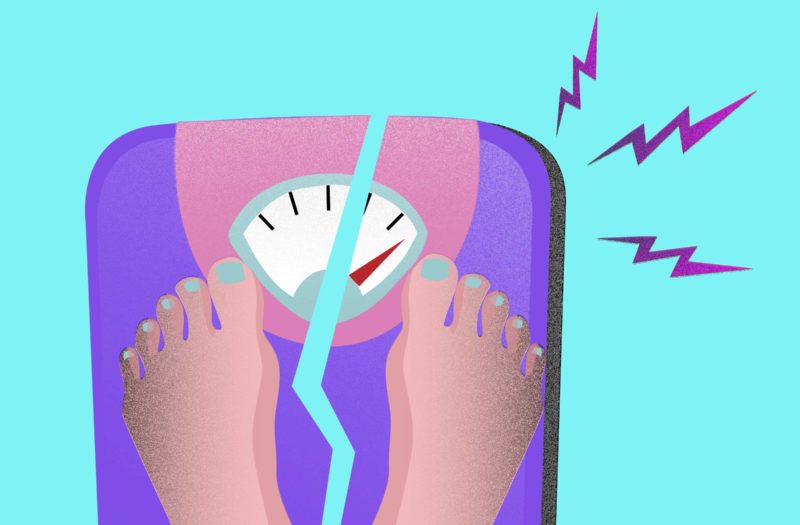Obesity, which is medically defined as having a body mass index (BMI) of 30 or higher, has been linked to numerous health problems. Heart disease and diabetes are obvious ones, but it’s also tied to an elevated risk of gallbladder disease, sleep apnea, and several types of cancer. Carrying around too many excess pounds raises your risk of many forms of arthritis, too.
Osteoarthritis, the “wear-and-tear” kind, is closely associated with obesity because of the physical toll that obesity takes on weight-bearing joints like your knees. Inflammatory and autoimmune forms of arthritis are linked to obesity as well, likely because too much body fat can cause inflammation. If you’re extremely overweight, you have a higher than average chance of developing rheumatoid arthritis, psoriatic arthritis, and gout. Obesity can also interfere with medications used to treat these conditions and render them less effective.
It should come as no surprise that obesity rates in the U.S. are rising. But a new study suggests that rates are climbing even faster than you might expect: If the authors are correct, nearly half (49 percent) of American adults will be classified as obese by 2030.
Also alarming: The authors predict that more than 25 percent of adults in 25 states will be severely obese, which refers to a BMI of 35 or higher.
To conduct the study, which was published in the New England Journal of Medicine, researchers analyzed data on more than 6 million adults who had taken part in the Behavioral Risk Factor Surveillance System Survey as well as data from more than 57,000 adults who participated in the National Health and Nutrition Examination Survey.
“Although severe obesity was once a rare condition, our findings suggest that it will soon be the most common BMI category in the patient populations of many health care providers,” the authors wrote. “Given that health professionals are often poorly prepared to treat obesity, this impending burden of severe obesity and associated medical complications has implications for medical practice and education.”
Not Sure What’s Causing Your Pain?
Check out PainSpot, our pain locator tool. Answer a few simple questions about what hurts and discover possible conditions that could be causing it. Start your PainSpot quiz.
Keep Reading
Adult Obesity Causes & Consequences. Centers for Disease Control and Prevention. https://www.cdc.gov/obesity/adult/causes.html.
Defining Adult Overweight and Obesity. Centers for Disease Control and Prevention. https://www.cdc.gov/obesity/adult/defining.html.
Ellulu MS, et al. Obesity and inflammation: the linking mechanism and the complications. Archives of Medical Science. June 2017. doi: http://dx.doi.org/10.5114/aoms.2016.58928.
Ward ZJ, et al. Projected U.S. State-Level Prevalence of Adult Obesity and Severe Obesity. The New England Journal of Medicine. December 2019. doi: http://dx.doi.org/10.1056/NEJMsa1909301.






